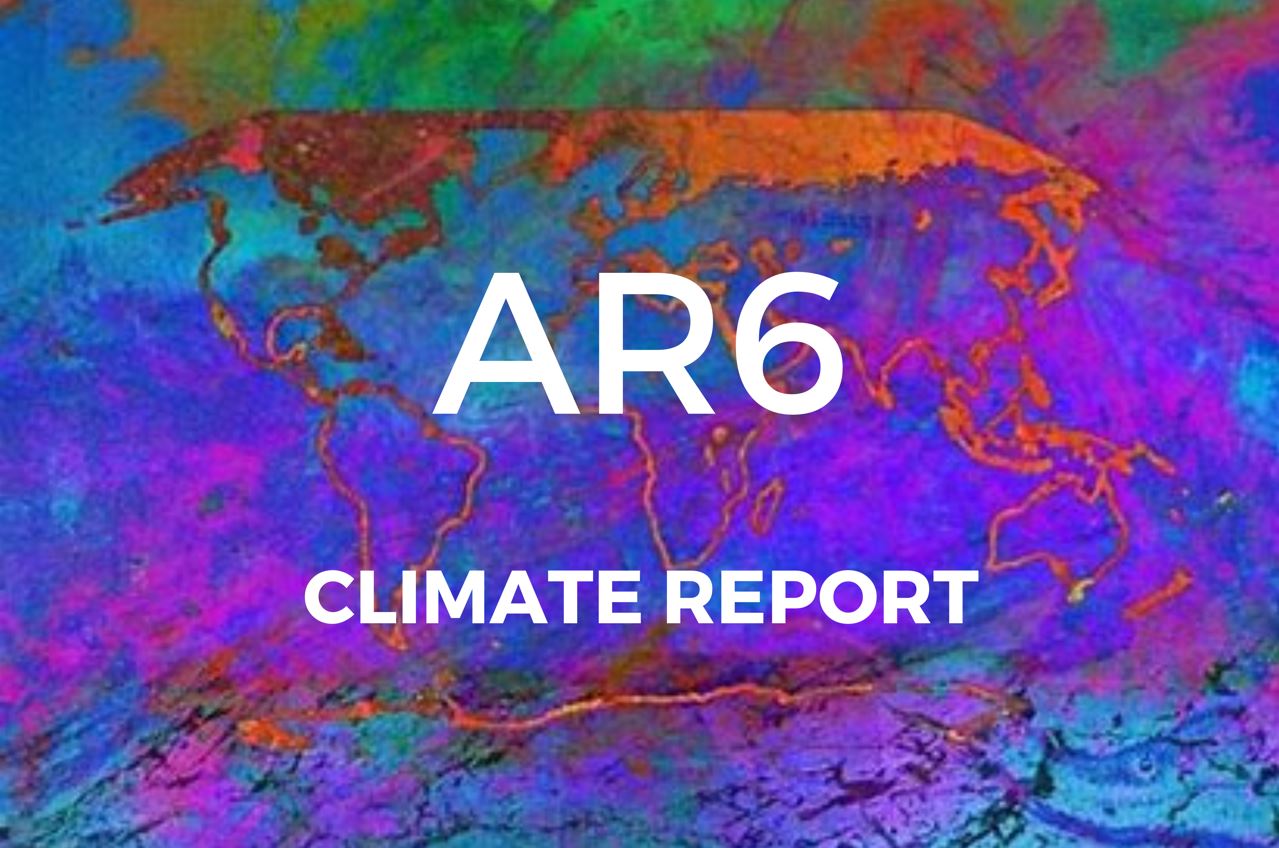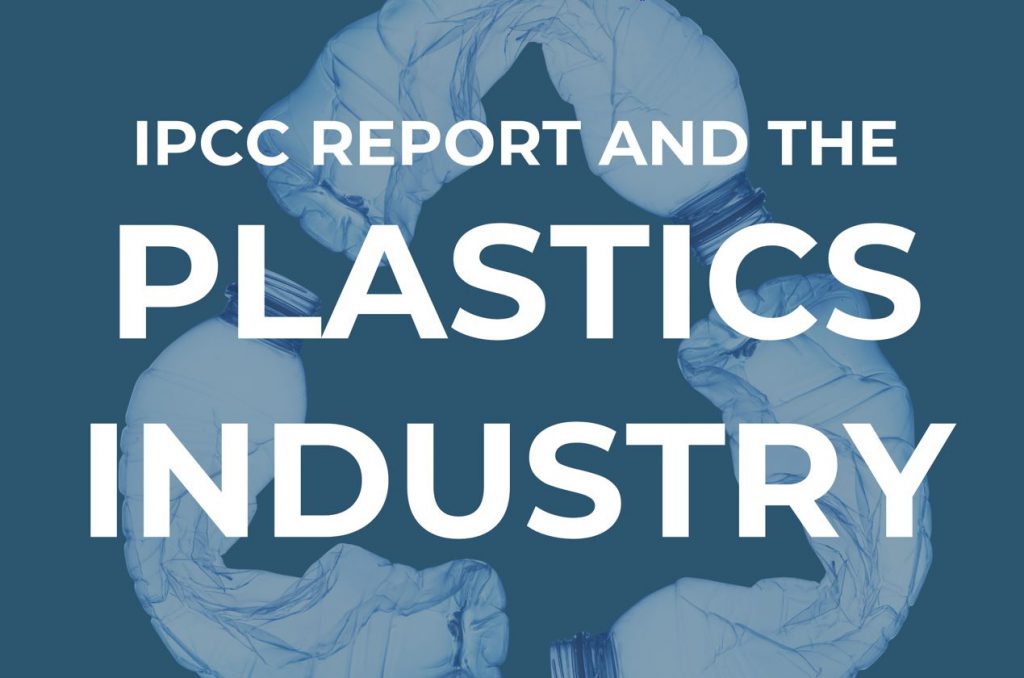The most recent AR6 report from the Intergovernmental Panel on Climate Change (IPPC) delivers stark warnings about the future of our planet. Read on for some of the report’s major takeaways.
1. We are living in a climate crisis
The current level of warming has likely not been seen for 125,000 years. Our oceans are warming and rising, glaciers and Arctic Sea ice are shrinking, and both droughts and heavy storms are becoming more common. These changes are already happening all around us, and they will only get more intense as heating continues.
2. Humans are unequivocally to blame
Scientists do not use the word “unequivocal” lightly, but it appears multiple times in the new report. That is how strong the evidence is linking human activities with climate change.
3. The window is closing to stop the worst effects of climate change
Some changes, like sea level rise, are locked in for the foreseeable future. Even if we keep warming to 1.5°C, oceans will probably continue to rise for at least several hundred years. However, other changes, such as global warming, may be halted within the lifespan of a person born today—but only if we work quickly to transition to a decarbonized world, reaching net-zero CO2 emissions by mid-century and then progressing to net-negative emissions.
4. Methane must be reduced to prevent dangerous climate tipping points
The new report calls out methane mitigation as a way to reduce temperatures both in the near future and in the long term. Methane levels are currently higher than they have been for the past 800,000 years, but the gas only lasts about 12 years in the atmosphere. This means that cutting emissions now would contribute to an overall reduction in greenhouse gases while we get on with the slower work of reaching net-zero CO2 emissions.
What’s more, many of these reductions can be achieved for little or no cost. Humanity’s main contributions to methane emissions are agriculture (40%), oil and gas (35%), and waste (20%). The oil and gas industry has the most potential for low-cost or net-gain solutions (covering more than half of all of its methane emissions), followed by the waste sector.


